V. I. Silin TKB-464 Unified Machine Gun

Another lesser-known Soviet machine gun, the TKB-464, was developed by Vyacheslav Ivanovich Silin. Born on February 22, 1907, in Tula, Silin began his career at the Tula Arms Plant in 1919 and was drafted into the Red Army in 1931. After his demobilization, he returned to his hometown to work at Tula Central Design Bureau-14 (TsKB-14). In 1938, he graduated from the evening program at Tula Mechanical College, marking his transition into engineering and design. He worked in weapons production throughout his career, first at the TsKB-14 and later at the Central Design and Research Bureau of Sporting and Hunting Arms (TsKIB SOO). Several models of military equipment were developed under his direct involvement and leadership; some were adopted for service, while others remained prototypes for various reasons.
Silin was a talented weapons engineer and participated in the new machine gun program. After World War II, the USSR began developing a new type of machine gun. In 1946, the Main Artillery Directorate approved tactical and technical requirements No. 3230 for a single machine gun to replace the Maxim and SG-43/SGM heavy machine guns. Updated tactical and technical requirements from the Main Artillery Directorate in 1955 requested a 7.62x54 mm single company and battalion machine gun. This led to the Soviet Union's single machine gun concept, which replaced the SGM and RP-46 with a unified weapon system, better known as the general-purpose machine gun.
V.I. Silin participated in this competition and recalled his previous machine gun from 1942, which did not end well. Therefore, he took a new direction based on the time-tested and proven SGM system. V. Pererushev was included when design changes were necessary during testing.
V. I. Silin developed the TKB-464 machine gun at TsKB-14 between 1955 and 1956. Engineers drew significant inspiration from the Goryunov SG-43/SGM machine gun, which was already in use by the Soviet Army. He believed this could positively impact adoption, given that the SGM had been in service and production was fully established.
In 1955, the Directorate of Small Arms and Mortar Armament within the Main Artillery Directorate reviewed draft designs for unified machine guns submitted by the Tula design bureau. These designs included the Nikitin machine gun and the Silin and Pererushev machine guns.
Initial factory and field tests of the 7.62 mm general-purpose machine gun developed by Silin and Pererushev began in 1956. Other competitors, including those designed by Garanin and Nikitin-Sokolov, also took part in the evaluations. Ultimately, the Nikitin-Sokolov machine gun was recommended for further development, while the advancements of the other candidates were considered unsatisfactory.
The test report indicated that the Garanin machine gun did not meet the accuracy performance requirements. It was found to be less accurate than the Nikitin machine gun. The Silin-Pererushev machine gun also failed the tests due to multiple ruptures in its cartridge cases.
The TKB-464 performed well during various tests, meeting reliability requirements when firing high round counts. However, the roughness of the machine gun's parts resulted in issues that led to component breakdowns. None of the proposed designs met the new service life requirement of 60,000 rounds per machine gun during the evaluations. Consequently, the TKB-464 did not outperform the previous SG-43/SGM model. Test observations highlighted the need for improvements to the TKB-464, particularly when firing from a tripod and for ensuring easy removal of the heated barrel without tools.
The Silin-Pererushev machine gun failed testing due to numerous cartridge ruptures. Consequently, Nikitin temporarily emerged as the frontrunner in the race to develop a new machine gun to replace the SGM and RP-46. The slow progress of the Nikitin machine gun compelled the Directorate of Small Arms and Mortar Armament of the Main Artillery Directorate to order M. T. Kalashnikov to join the competition in 1958, ultimately leading to the adoption of the PK in 1961.
The TKB-464, as previously mentioned, was inspired by the SG-43/SMG. Ultimately, discontinuing the TKB-464 seems reasonable, as it did not introduce significant advancements or enough improvement. While I cannot provide exact figures for its weight, it was likely lighter than the SG-43/SGM. However, it did not outperform the original weapon in any notable way, except for possibly being lighter. My observations of the TKB-464 in Tula many years ago led me to believe that it may not have fully embraced the lessons learned from World War II. This effort focused on converting an SG machine gun into a general-purpose weapon, similar to the Hungarian KGK, which weighed 29.5 lbs (13.4 kg). This is all I have on the TKB-464, and now it's time to move on to the next forgotten Soviet machine gun.
Sources:
https://samlib.ru/k/krasilxnikow_o_j/silin.shtml

Lynndon Schooler is an open-source weapons intelligence professional with a background as an infantryman in the US Army. His experience includes working as a gunsmith and production manager in firearm manufacturing, as well as serving as an armorer, consultant, and instructor in nonstandard weapons. His articles have been published in Small Arms Review and the Small Arms Defence Journal. https://www.instagram.com/lynndons
More by Lynndon Schooler
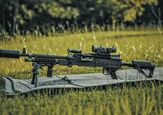
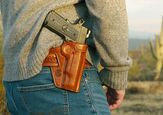
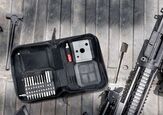
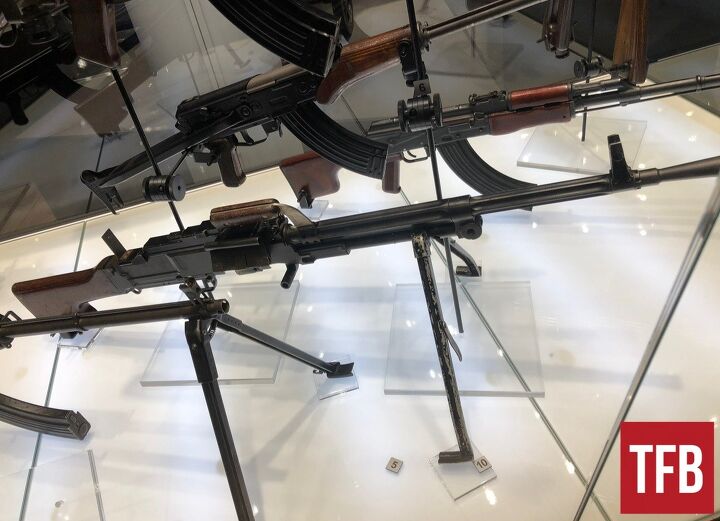







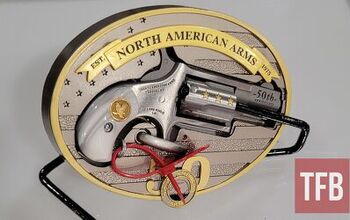




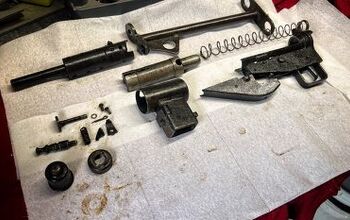
![[SHOT 2025] SIG Sauer’s Advanced New Machine Gun Optic - the MGL](https://cdn-fastly.thefirearmblog.com/media/2025/01/27/17081/shot-2025-sig-sauers-advanced-new-machine-gun-optic-the-mgl.jpg?size=350x220)










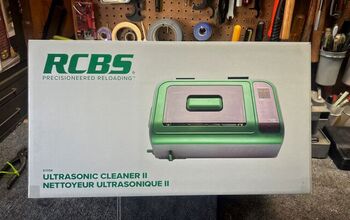
Comments
Join the conversation